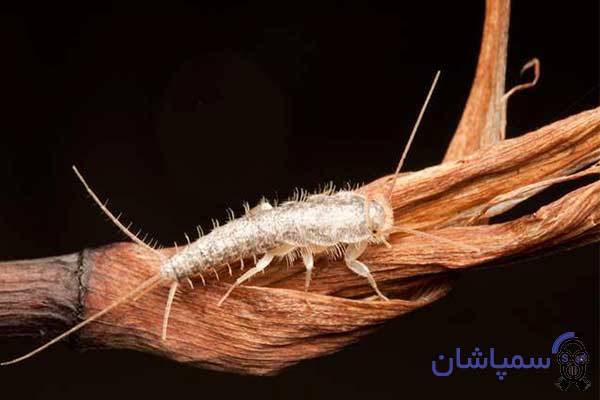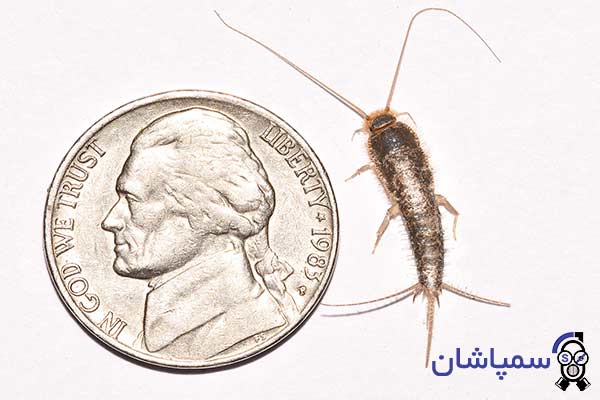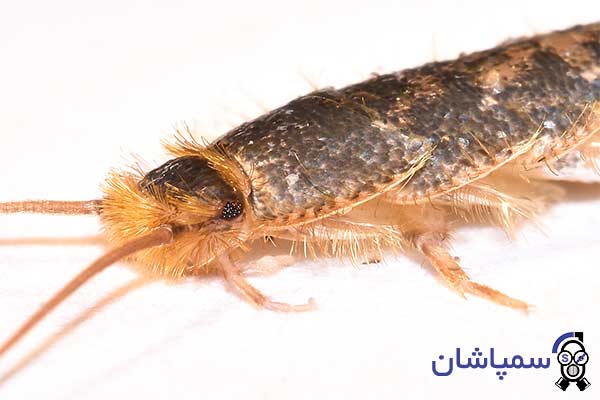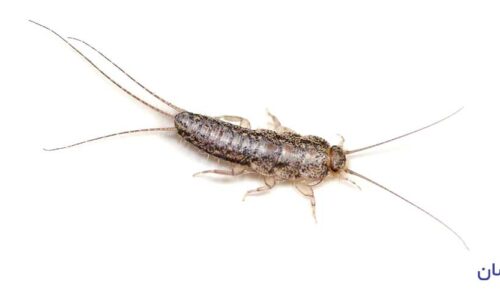The Silver Fish Insect derives its name from its silver, metallic appearance and fish-like movements. The silverfish is known as a three-tailed or hairy insect because of its three long appendages at the back of its body. Silverfish are found all over the world and are commonly found in humid and temperate areas of the home such as bathrooms, basements, attics. These pests hide themselves from humans as much as they can, which means that any harm they cause will stay out of our sight. Silverfish are mainly annoying pests and indoors they can damage clothes, furniture, office supplies such as papers, books, and if you are exposed to these pests, be sure to spray silverfish by a specialist. .
Silverfish shape (hairy or three-tailed insect)
Color: silver-brown
Number of legs: 6
Shape: elongated oval
Size: 12 to 20 mm
Horn: Yes
Location: Worldwide

What does a silverfish look like?
Silver insects do not have fishballs, but they can run very fast. The body length of an adult silverfish is 12 to 20 mm, including the tail. They have a flat body and often look like small fish that are narrow across and are generally covered with scales. Silver plugs are typically silver and metallic in color and have long, thread-like tentacles. In addition, they have small compound eyes that are spaced apart. Smaller silverfish are similar to adults and are slightly smaller in size.
Signs of silverfish or silverfish infestation
With careful eyes you can see the signs of infestation and feeding of silver fish, although it is irregular. Small holes in foods, yellow spots like scales, their stools like small grains of black pepper are some of the visible signs.
What do Silverfish feed on?
Silverfish usually feed on paper items, glue, clothing, cartons, and foods such as flour and barley. They prefer protein to carbohydrates and are carnivores. They can feed on the dried and dead meat of other insects.

Prevention and control of silverfish
If you encounter an influx of silverfish in your home, to prevent and control them, you should first check their number to find out where they entered the house. They can enter the building from the outside environment, either by equipment and you, and if their number is small, they have probably entered by an external device or by you, and if the number of these insects was three tails, they rush out. It is environmentally friendly and you need to focus on the outdoors. Silverfish can quickly climb walls and enter the house through seams and cracks in doors, windows and attics.
You must first eliminate all the ways for this pest to enter the house and use the required materials to remove all the seams and cracks, and then look for the nest of this insect outside the house, and if the infestation of this pest enters the house. You can get help from a spraying company.
Are Silver Fishes Dangerous to Humans?
These insects are not a threat to humans and they do not bite and do not transmit the disease.
Silver fish insect habits (three tails)
The silver fish insect moves fast and climbs well from everywhere. They can survive for weeks without food or water, but need a humidity environment above 70 to 90%. Silverfish prefer parts of room temperature that are (70-85 degrees Fahrenheit / -21 degrees Celsius). They are nocturnal and prefer to hide or rest during the day in crevices and seams.Homes are found almost everywhere, including living rooms, bedrooms, bathrooms, attics, basements and attics. In fact, roofs are a good breeding ground for silverfish during the warmer months because of their abundance of moisture, cellulose, starch, and dead insects. From there, they can easily access the entrance and enter the house through insulation.

Silverfish usually like commercial places such as offices, shops and libraries where enough food can be found. They often get to these places through cardboard cartons and old books, and at first they hide and then, after finding their favorite food, they approach it. They are found in abundance in areas such as wall cavities, attics, etc. Silvery females lay 1 to 3 eggs a day and hide them in crevices under objects. It takes 3 to 4 months for their eggs to grow at the right temperature (25 to 29 ° C) and humidity (50 to 70%) and usually the silverfish will live for 3 years.
